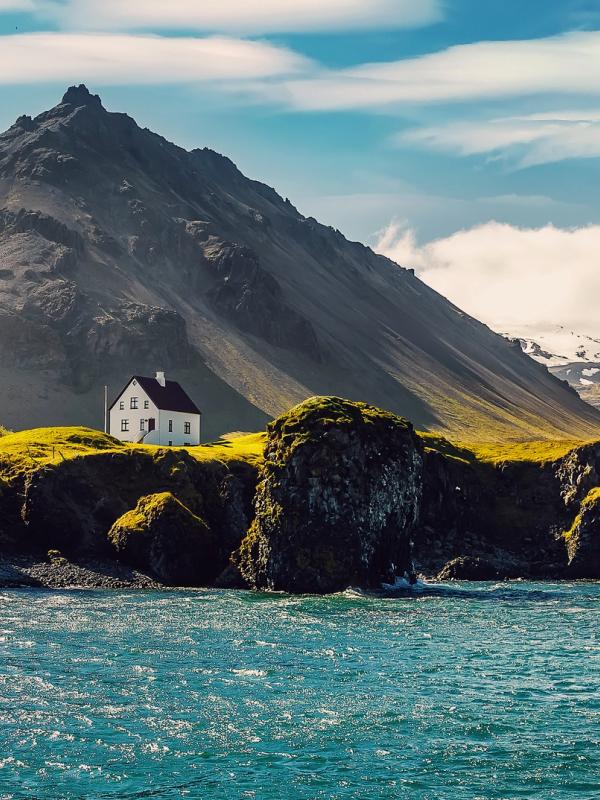
Weather in Iceland in August: What to Expect in 2025
Iceland in August offers a mix of mild temperatures, long daylight hours, and plenty of outdoor opportunities. This dramatic island shows its summer colors during this time, making it one of the best times to visit. Iceland's weather can change quickly, and knowing what to expect helps you plan a better trip.
Here's what you need to know about Iceland's August weather for your 2025 trip.
Key takeaways
- Temperatures range from 10-15°C (50-59°F) during the day, with nights around 7-9°C (45-48°F)
- About 8 rainy days on average, with light showers more common than heavy storms
- 18 hours of daylight at the start of August, getting shorter as the month goes on
- Weather differs by region: southern and eastern areas tend to be milder, northern regions and highlands are cooler
- Pack waterproof gear and layers to handle Iceland's changing conditions
Overview of the Weather in Iceland in August
August is the end of Iceland's summer, with some of the year's most stable weather. It's one of the warmest and driest months, good for exploring the Golden Circle or driving the Ring Road.
August 2024 was colder and wetter than normal across Iceland, with below-average temperatures and heavy rainfall in some areas. This doesn't mean 2025 will be the same, but it shows how Iceland's climate can vary.
Even in summer, Iceland's weather can shift quickly. You might see sunshine, rain, and clear skies all in one day. This is just part of visiting Iceland and means you should come prepared.
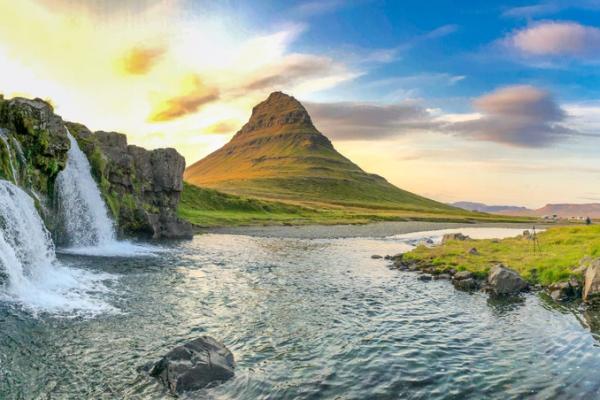
Temperature in Iceland in August
August temperatures in Iceland are mild for Iceland but cool compared to most European summer spots. Days are usually between 10-15°C (50-59°F), while nights cool to around 7-9°C (45-48°F).
Some warm days might reach 20°C (68°F), especially in sheltered valleys in the south and east. These warmer days feel nice in Iceland's otherwise cool climate.
Does it Rain & Snow in Iceland in August?
August is one of Iceland's driest months, but Iceland is known for rain. You can expect around 8 rainy days during August, typically short showers rather than all-day rain.
Snow is rare in August, even in the Highlands. Any snow you see will likely be old patches on the highest mountains or glaciers like Vatnajökull. Hiking trails, including highland routes, are generally clear of snow in August.
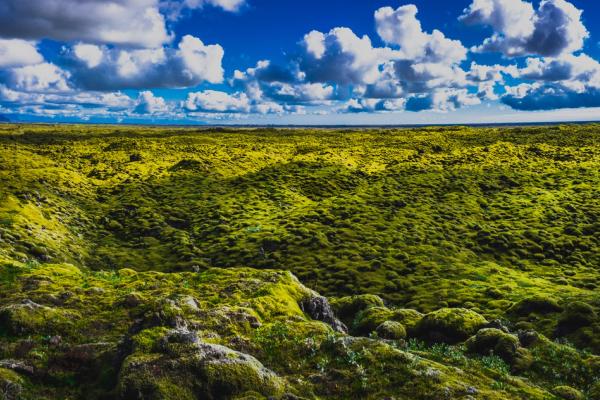
Daylight Hours in Iceland in August
One of August's big advantages is the long daylight. Early August has about 18 hours of daylight, with sunrise around 4:36 AM and sunset around 10:29 PM in Reykjavík. By the end of the month, this drops to about 14-15 hours.
The extra daylight gives you more time to explore. You can start hikes early or plan evening trips without worrying about darkness. The Midnight Sun (when the sun doesn't fully set) ends in July, but early August still has very long twilight periods.
The Northern Lights (Aurora Borealis) aren't usually visible in August. The sky isn't dark enough until the very end of the month, and even then, only for a few hours. If seeing the aurora matters to you, consider visiting in September or later.

Weather in August by Region
Iceland's weather changes a lot depending on where you are, even in summer. Here's what to expect in different areas:
Reykjavík and Southwest Iceland
The capital area has mild weather, with daytime temperatures of 10-15°C (50-59°F). This area is often cloudy, about 64% of the time, with some coastal winds.
The southwest includes the Blue Lagoon and much of the Golden Circle route. Rain happens less often here than in other regions, making August a good time for visiting places like Gullfoss Waterfall.
In August 2024, Reykjavík was cold and wet, with an average temperature of 9.9°C (49.8°F) and 87.2 mm (34 inches) of rainfall. This was the coldest August since 1993 for the capital, though 2025 might return to more typical weather.
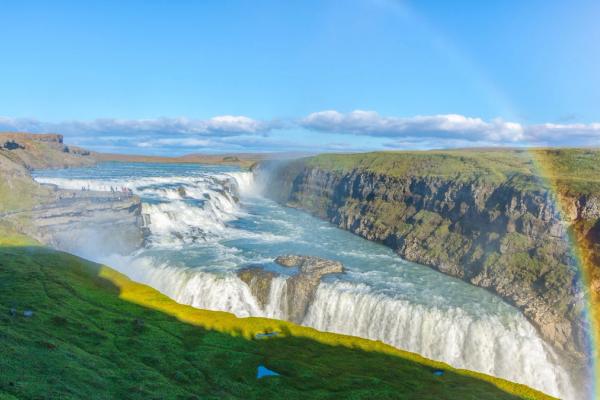
North Iceland (Akureyri)
North Iceland is cooler, with temperatures around 9-12°C (48-54°F). The region is often drier than the south, though August 2024 had heavy rainfall.
Akureyri, Iceland's "northern capital," is a base for whale watching tours and trips to Lake Mývatn. The area typically has less cloud cover than the south, possibly offering more sunny days.
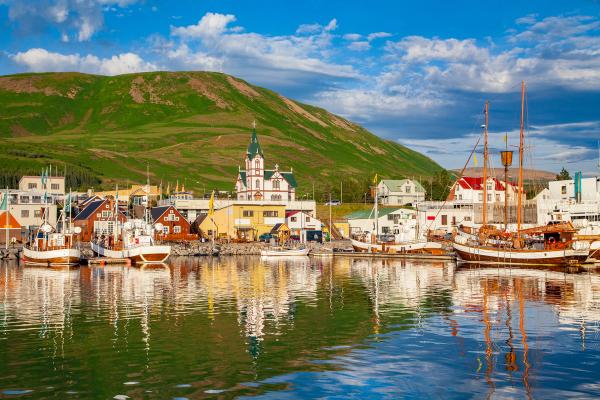
South Coast and Vik
The South Coast, including the black sand beaches near Vik, has similar temperatures to Reykjavík but can be windier. Temperatures typically range from 12-15°C (54-59°F).
This region has many waterfalls and the Jökulsárlón Glacier Lagoon. The weather is generally good for exploring in August, though sudden rain showers can happen.
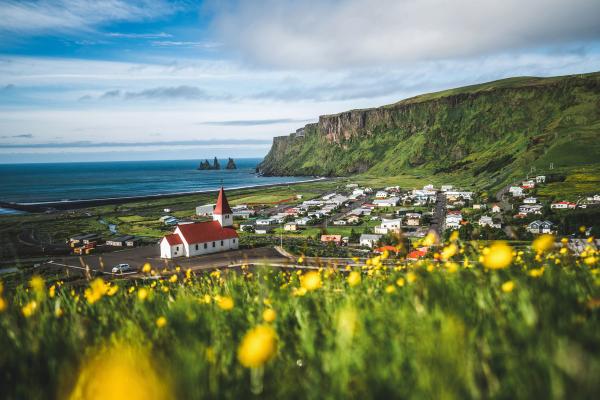
East Iceland
East Iceland often has the most stable August weather, with temperatures around 10-12°C (50-54°F). The area tends to be less windy and has fewer rain showers than western regions.
The East Coast's fjords and mountains create areas of more settled weather. This region gives access to some of Iceland's most remote landscapes, including parts of Vatnajökull National Park.
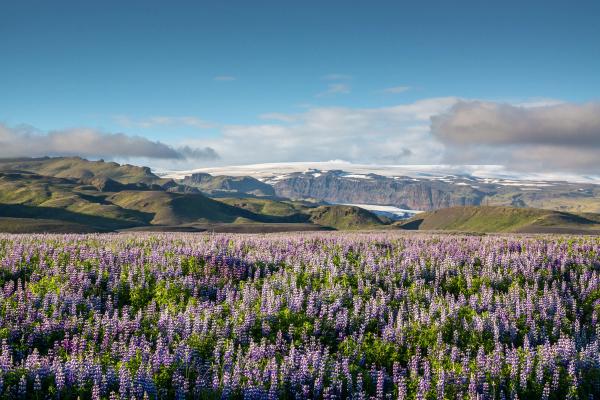
Highlands and Thingvellir National Park
The Central Highlands are much cooler, with temperatures often below 10°C (50°F), especially at night. The weather here changes more quickly than in coastal areas.
Highland roads are usually open in August, allowing access to areas like Landmannalaugar and Thorsmork. Thingvellir National Park, part of the Golden Circle and located between tectonic plates, has weather similar to Reykjavík but can be slightly cooler.
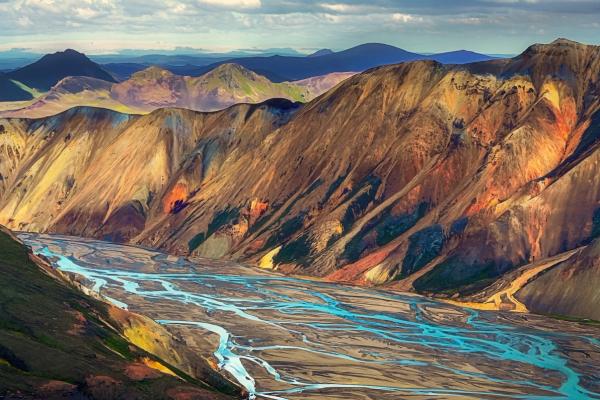
Westfjords Region
The remote Westfjords are cooler than much of Iceland, with temperatures around 8-10°C (46-50°F). This region gets more rainfall than the northeast but has stunning landscapes and fewer tourists.
The Westfjords' coastline includes the Dynjandi waterfall and the bird cliffs at Látrabjarg. August is one of the few months when you can bet on all roads in this region to be open.
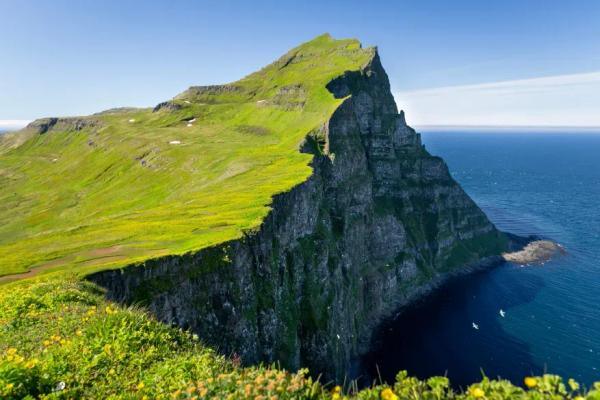
Snæfellsnes Peninsula
Often called "Iceland in miniature," the Snæfellsnes Peninsula has coastal weather with temperatures around 10-12°C (50-54°F). The peninsula has the Snæfellsjökull glacier volcano and small fishing villages.
The weather here can change quickly because of its exposed location, so be ready for sudden shifts even on clear days.
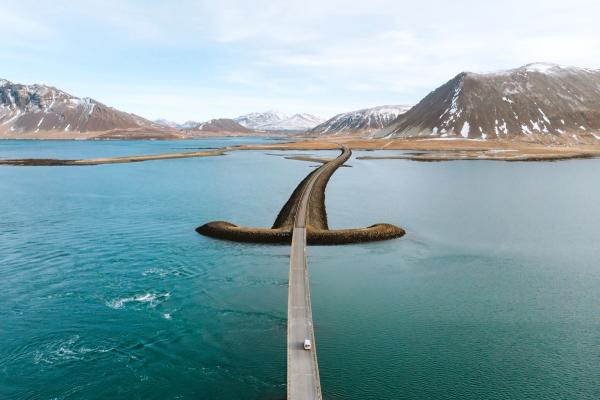
August 2024 Overview
Looking at last year's weather gives context for planning a 2025 trip. August 2024 was colder and wetter than normal across Iceland:
- Temperatures were 1-2°C below average nationwide, making it the coldest August since 1993 in many areas
- Rainfall was very high, with some stations recording near-record amounts
- Wind was stronger than usual, especially in northern Iceland and the Westfjords
- Air pressure was very low, with Reykjavík recording its lowest August average since records began in 1820
These conditions caused landslides, flooding, and swollen rivers. While 2025 might return to more typical patterns, 2024's unusual weather shows why it's important to prepare for different conditions.
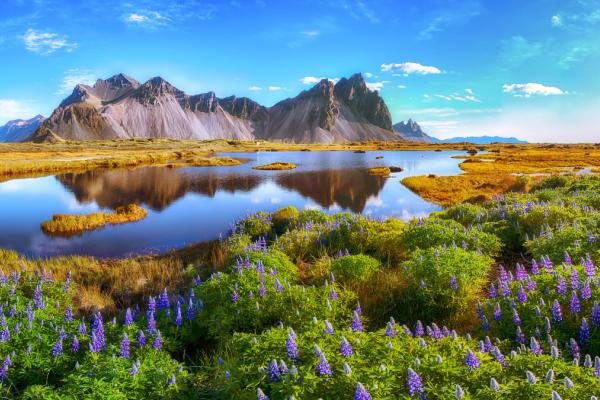
What to Pack
Packing correctly for Iceland's August weather is important. Here's what you'll need:
- Waterproof jacket and pants: Needed for sudden showers and windy conditions
- Layers: Thermal base layers, mid-layers like fleece or wool sweaters, and a windproof outer layer
- Hiking boots: Waterproof and sturdy for different terrains
- Hat and gloves: Useful even in August, especially in highland areas
- Swimsuit: For the Blue Lagoon, hot springs, and public pools
- Sunglasses and sunscreen: The sun can be strong during long daylight hours
- Sleep mask: Helpful for sleeping during the extended daylight
If you're taking photos, pack lens cloths for misty conditions and a waterproof camera cover. For hiking, quick-dry clothing works better than cotton, which stays wet and cold when damp.
Things to Do in August
August's milder weather and long daylight hours are perfect for outdoor activities:
- Hiking: Most trails, including Highland routes, are open and accessible
- Road trips: The entire Ring Road is open, as are highland F-roads (for 4WD vehicles)
- Whale watching: Good time for spotting humpbacks, minkes, and even blue whales
- Puffin viewing: Last chance to see puffins before they leave in late August, especially at the Vestmannaeyjar Islands
- Festivals: Reykjavík Culture Night (Menningarnótt) typically happens in August, with art, music, and food
- Glacier tours: Explore Vatnajökull and other glaciers when they're most accessible
- Hot springs: Good for warming up after a day of exploration
- Snorkeling/diving: Try the Silfra fissure in Thingvellir National Park, where you can swim between continental plates
August is also when preparations begin for the Iceland Airwaves music festival (though the actual event is later in the year). You might see early promotional concerts or cultural events in Reykjavík.
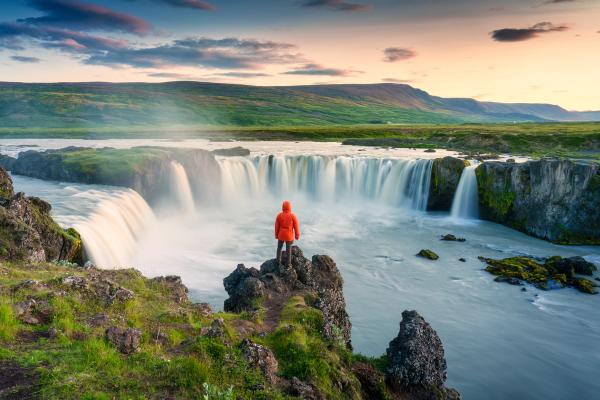
Conclusion
August offers a good balance of mild weather, long daylight hours, and access to Iceland's diverse landscapes. While conditions vary from year to year (as 2024's cold and wet August showed), it remains one of the better months to experience everything from the coastal Ring Road to the highlands.
